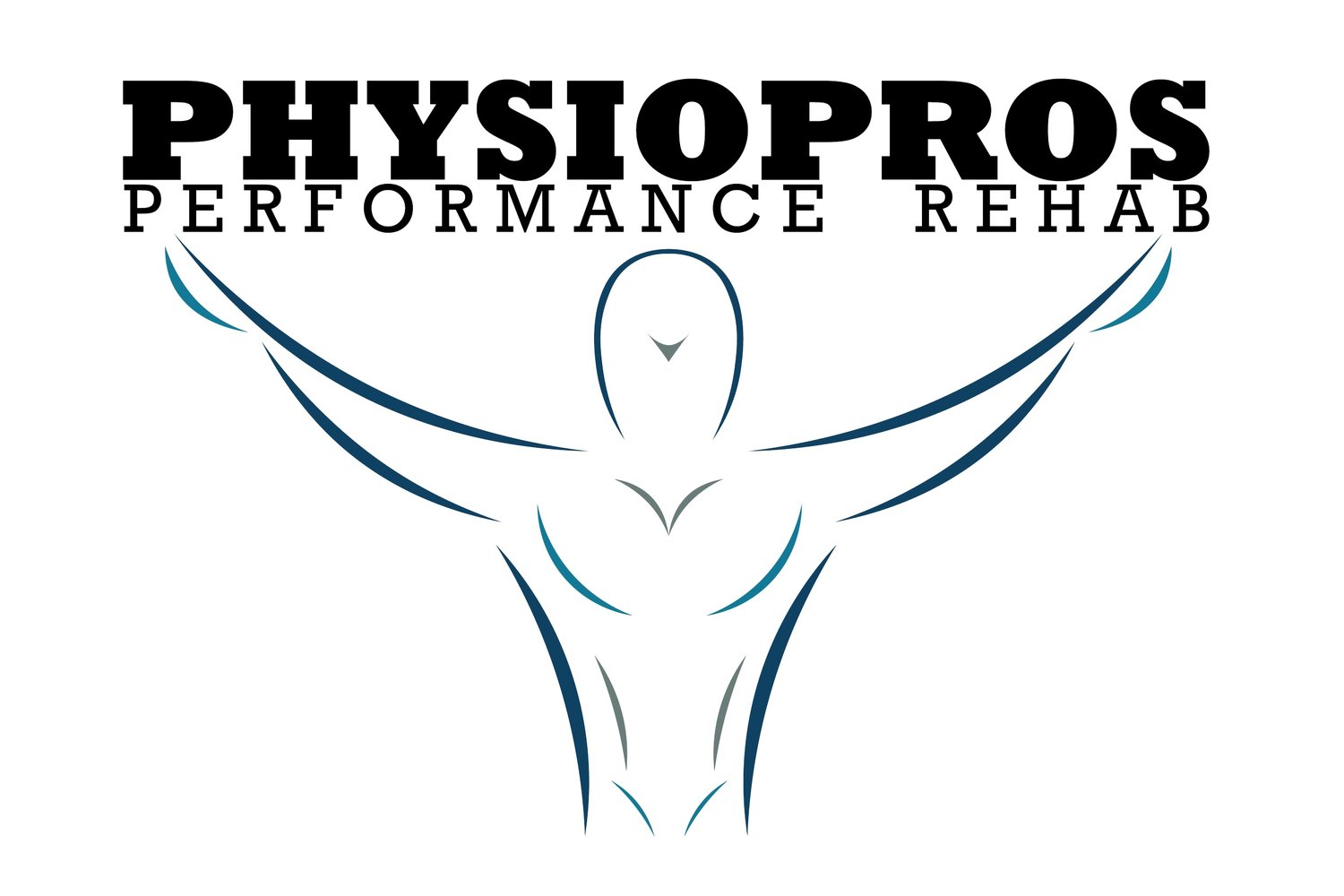3 Posture Correction Exercises for People Who Sit All Day.
Are you spending hours at your desk each day and noticing your shoulders rounding forward or your lower back aching? If so, posture correction exercises can make a huge difference—and you don’t need fancy equipment to get started. At Physiopros Performance Rehab in Parsippany, NJ, we help desk-bound professionals counteract the effects of sitting with targeted stretches, manual therapy, and strengthening moves.
During our sessions, which include physical therapy, dry needling, cupping, manual therapy, and more, we’ll show you how simple posture correction exercises can unlock your chest, mobilize your spine, and stabilize your hips. Plus, you’ll learn easy office-friendly techniques to practice throughout the day. Ready to stand taller, feel stronger, and leave tension behind? Let’s dive into three of our favorite moves for anyone who sits all day.
Audio Version:
Why Posture Matters When You Sit
Sitting for hours on end without proper support can throw your spine out of alignment and lead to all kinds of aches. For instance, leaning into your screen often causes your shoulders to round forward, which in turn strains the muscles between your shoulder blades. Moreover, when you slouch, your hip flexors stay shortened, pulling your pelvis into an anterior tilt that stresses your lower back.
Furthermore, poor posture doesn’t just create discomfort—it can also reduce your energy and focus. As your body works harder to hold you upright, you might notice fatigue setting in sooner. Additionally, nagging neck pain and tension headaches often stem from a forward head position, commonly called “tech neck.”
Therefore, adding simple posture correction exercises into your daily routine helps retrain those overworked muscles, encourages proper alignment, and prevents long-term problems. By proactively strengthening and stretching key areas, you’ll not only feel better at your desk but also set the groundwork for healthier movement throughout the day.
Exercise 1: Open Book Stretch
The Open Book Stretch helps improve thoracic mobility and counteracts the forward hunch common among desk-bound professionals.
Instructions:
- Lie on your side with knees bent at a 90-degree angle and arms extended in front of you, palms together.
- Keeping your knees stacked, slowly rotate your top arm up and across your body, opening your chest.
- Aim to bring your arm toward the floor on the opposite side without letting your knees shift.
- Hold the end position for about 3 seconds, then gently return to the start.
- Repeat on the other side, completing 10 reps per side.
Tips:
- Move slowly to avoid overstretching the lower back.
- Keep your hips stable; only your upper torso should rotate.
- Breathe deeply into your rib cage to deepen the stretch.
Benefits:
- Enhances thoracic spine rotation
- Reduces upper back stiffness
Promotes better posture and shoulder alignment
Exercise 2: Thoracic Extension Over Foam Roller
This thoracic extension exercise opens up your upper back, countering the forward slouch caused by long sitting sessions.
Instructions:
- Lie on the floor with a foam roller placed horizontally under your mid-back.
- Bend your knees and keep your feet flat on the floor for stability.
- Support your head with your hands or a light foam pad, and gently lean back over the roller.
- Relax your shoulders and let your upper spine extend naturally over the roller.
- Hold the extension for 10 seconds, breathing deeply.
- Slowly roll the foam roller slightly up or down to target different thoracic levels, and repeat the hold for each position.
- Perform 10 reps.
Tips:
- Keep your core engaged to protect your lower back.
- Move slowly and avoid forcing your head too far back.
- Exhale as you relax into the extension to deepen the stretch.
Benefits:
- Improves thoracic spine mobility
- Reduces upper back stiffness and tension
- Promotes better chest opening and posture alignment
Exercise 3: Deep Squat Holds
Deep squat holds are a dynamic way to open your hips, stretch your lower back, and engage your core—essentially reversing the effects of prolonged sitting.
Instructions:
- Stand with your feet slightly wider than hip-width apart, toes pointing slightly outward.
- Slowly lower into a deep squat, aiming to get your thighs below parallel to the ground.
- Keep your chest lifted, spine neutral, and press your elbows gently against your inner knees to encourage hip opening.
- Hold this position for 30–45 seconds, breathing steadily.
- Stand up slowly, shake out your legs, and repeat 2–3 times.
Tips:
- If you can’t reach a full squat, place a small cushion under your heels for support.
- Focus on keeping your weight in your heels, not your toes.
- Engage your core and maintain a tall torso to protect your lower back.
Benefits:
- Opens hips and groin muscles
- Stretches lower back and improves spinal mobility
- Activates core and helps maintain proper pelvic alignment
Bonus Tips for All-Day Sitters
Even with a solid exercise routine, little changes throughout your workday can make a big difference. Try these simple strategies to keep your posture on track:
- Optimize Your Workspace: First, adjust your chair so your feet rest flat on the floor and your knees form a 90° angle. Next, raise your monitor to eye level and position your keyboard and mouse within easy reach—this prevents leaning forward or hunching over.
- Take Micro-Breaks: Set a timer or use an app to remind you to stand, stretch, or walk for a minute every 30–60 minutes. Even a quick shoulder roll or hip stretch at your desk resets muscle tension and boosts circulation.
- Incorporate Activity: Whenever possible, stand or pace during phone calls. Better yet, suggest brief walking meetings. Small bursts of movement throughout the day counteract the effects of prolonged sitting.
- Use Posture Reminders: Place sticky notes on your monitor or use an app to prompt you to sit upright. Consistent visual cues help turn good posture into a habit.
- Stay Hydrated: Drinking water not only supports overall health but also encourages you to get up more often—extra movement every time you refill your bottle is a bonus.
By pairing these habits with your three posture correction exercises, you’ll build a well-rounded routine that keeps your body aligned, energized, and ready for whatever the day brings.
Frequently Asked Questions
Do I need any special equipment?
Not at all. While a foam roller helps with thoracic extension, you can start with just a mat and a chair. Moreover, household items like a rolled-up towel can substitute in a pinch.
How often should I do these exercises?
Ideally, you’ll perform them once in the morning and once in the afternoon. However, if you’re really strapped for time, even doing them once a day or every other day makes a noticeable difference.
When will I start seeing results?
You may feel immediate relief in tight areas after your first session. Nevertheless, lasting improvements in posture typically take about 2–4 weeks of consistent practice.
Can these moves help my lower back pain?
Yes. Because deep squat holds mobilize your hips and open your pelvis, they often reduce pressure on the lumbar spine. Additionally, the open book stretch and thoracic extension relieve upper-back tension, which indirectly eases lower-back strain.
Is it safe to do these exercises at work?
Absolutely. The open book stretch and deep squat holds can be modified to fit small spaces, like beside your desk. Plus, taking short breaks to move actually boosts your energy and productivity.
What if I have stiffness or limited mobility?
Start gently, and don’t push into pain. For instance, reduce your squat depth or support yourself with a wall. Then, gradually increase depth or hold time as you feel more comfortable.
Can seniors or people with joint issues try these exercises?
Yes—when adapted properly. For example, seniors can perform a supported squat using a chair, and everyone can use pillows or towels to cushion sensitive joints. As always, check with your physical therapist before beginning any new routine.

